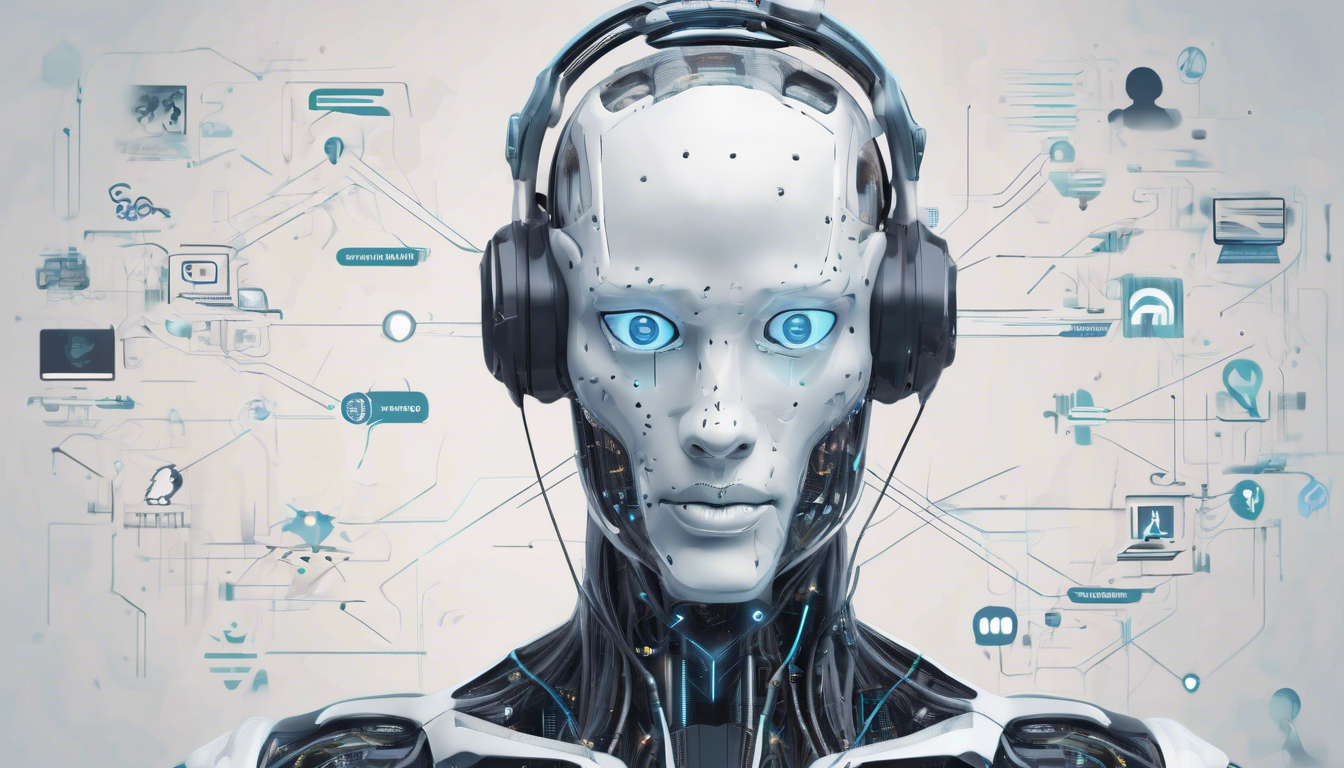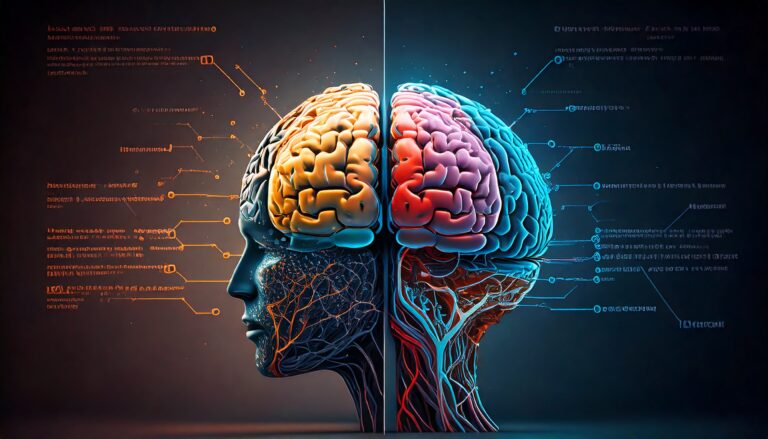NLP and the Future of Human-AI Communication
Natural Language Processing (NLP), a cornerstone of artificial intelligence (AI), is revolutionizing the way humans interact with machines. By enabling seamless, intuitive communication, NLP transcends traditional boundaries, reshaping industries from business and healthcare to emotional support systems.
What Is NLP
NLP is a specialized domain of AI focused on enabling computers to comprehend, interpret, and generate human language in a manner that feels natural. Leveraging advanced models such as GPT (Generative Pre-trained Transformer) and BERT (Bidirectional Encoder Representations from Transformers), NLP has evolved to grasp contextual nuances and linguistic complexity. These advancements empower AI systems to produce coherent text and develop tools that enhance productivity and collaboration across sectors.
The Evolution of Human-AI Interaction
Early AI systems demanded rigid, technical commands, placing the burden of adaptation on users. NLP has shifted this paradigm, allowing machines to interpret intent, emotion, and subtleties in human speech. Technologies like Siri, Google Assistant, and Alexa exemplify this progress, using NLP to deliver human-like interactions. For instance, Siri can process casual requests—launching apps, playing music, or placing orders—with a fluency that enhances user experience and accessibility.
NLP’s Impact on Business and Beyond
In the business realm, NLP drives efficiency and personalization. It powers chatbots for automated customer service, streamlines workflows, and saves countless hours by optimizing routine tasks. In healthcare, NLP automates clinical documentation and analyzes vast medical datasets, identifying patterns that inform treatment options while freeing clinicians to focus on patient care. These applications underscore NLP’s transformative potential across high-stakes industries.
Emotional Intelligence in AI: The Next Frontier
As NLP matures, its capacity to detect and respond to human emotions will deepen. While current AI systems lag in emotional intelligence, the trajectory is promising. Imagine a virtual assistant that not only manages schedules but also recognizes stress, suggests coping strategies, or offers empathetic support. Future iterations could provide accessible therapeutic tools or personalized wellness guidance, democratizing mental health resources through technology.
Challenges and Ethical Considerations
Despite its advantages, NLP presents significant challenges. AI models can inherit biases from training data, risking the amplification of unfair perspectives. Privacy concerns loom large, particularly when processing sensitive personal data—financial records or medical histories. Additionally, the indistinguishability of AI-generated speech from human dialogue raises ethical questions about authenticity and trust. These issues will dominate discourse as NLP adoption accelerates, demanding robust governance and transparency.
Sesame AI: A Case Study in NLP and Multimodality
A standout example of NLP’s evolution is Sesame AI’s new voice assistant, unveiled at recent tech trade shows. Developed by Oculus co-founder Brendan Iribe, this assistant integrates NLP with multimodal interfaces, responding to voice commands, gestures, and visual cues. Paired with AI-powered smart glasses, Sesame combines NLP with augmented reality (AR), enabling users to dictate messages, navigate in real time, or manage tasks in an immersive, intuitive way.
Ready to Experience the Future of Voice AI? Dive into Sesame AI’s Conversational Speech Model and discover a voice so human-like, it’s redefining interaction. Test it now for free and see why it’s crossing the uncanny valley: https://www.sesame.com/research/crossing_the_uncanny_valley_of_voice
The rapid advancement of NLP is reshaping how we communicate, analyze data, and streamline operations. Far more than a linguistic tool, NLP serves as a conduit between human intellect and artificial intelligence, driving efficiency and innovation. Solutions like Sesame AI illustrate the potential for a more human-centric interaction with machines.
Sources:
Artiba, “Exploring the Relationship Between AI and Natural Language Processing,” www.artiba.org/blog/exploring-the-relationship-between-ai-and-natural-language-processing.
Zendesk, “What Is an NLP Chatbot? Examples and Benefits,” www.zendesk.nl/blog/nlp-chatbot/.
Hyperspace, “Emotional Intelligence Learning,” hyperspace.mv/emotional-intelligence-learning/.
LinkedIn, D. Reece, “The Truth About Emotional Intelligence in AI: Thriving in an AI-Powered Decade,” www.linkedin.com/pulse/truth-emotional-intelligence-ai-thriving-ai-powered-d-reece-pcc.
The Verge, “Sesame AI Glasses: A New Frontier in Multimodal AI,” https://www.theverge.com/news/621022/sesame-voice-assistant-ai-glasses-oculus-brendan-iribe







